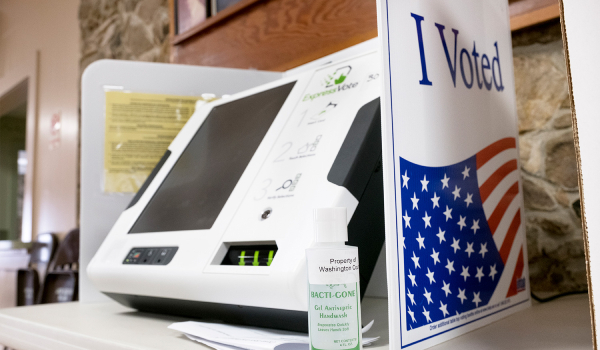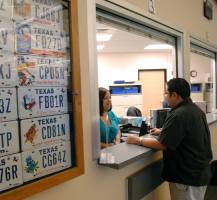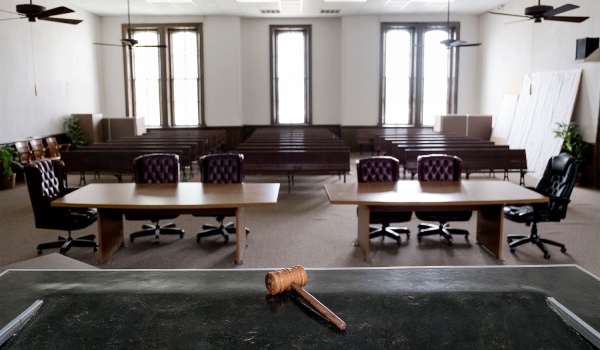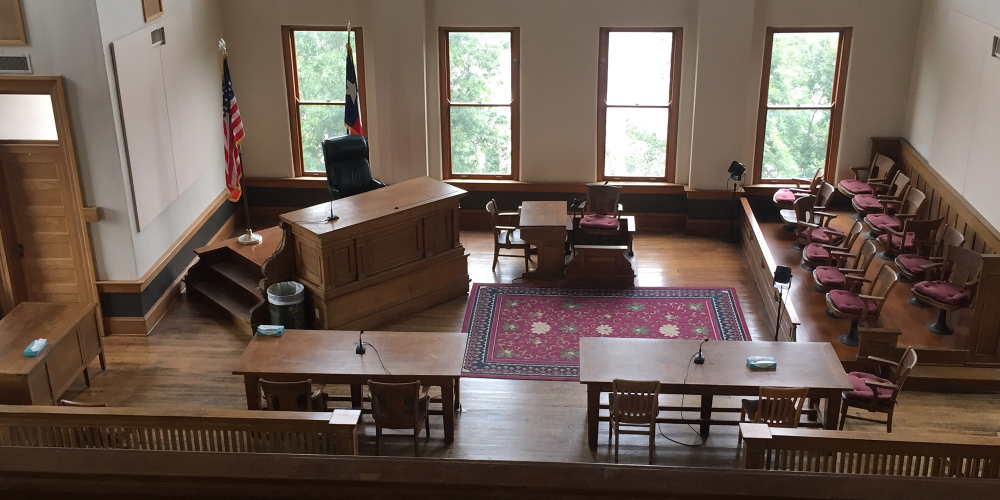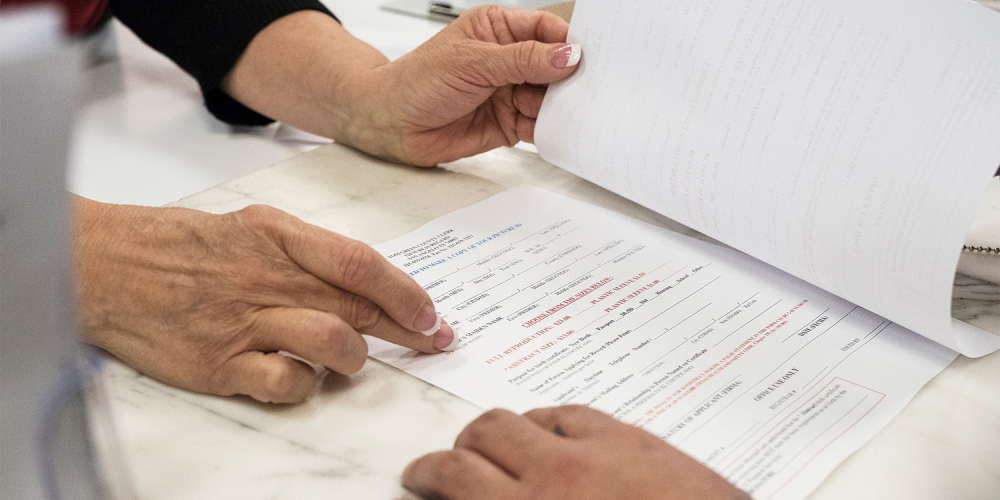What Counties Do
County Services and Functions Challenge
Counties are indeed run by locals within the county who are connected to the community. Check out this video to find out more about City, State and County government.
Counties can establish hospitals, emergency medical service districts and set up 9-1-1 systems. They provide indigent residents with health care in some cases, maintain medical clinics that provide preventative care like check-ups and immunizations. Many counties also help fund local mental health crisis services.
From your birth, to marriage and starting family, from building a business to making a will and leaving a legacy for those you love, counties mark your important milestones and keep your most important records safe.
This is not really a traditional court, but rather where the County Commissioners get together with the County Judge to hear from the public and make decisions on how to run the county government. Learn more in this video.
Elections are a year-round process that includes registering voters, gathering candidates of all types, creating the ballot, testing voter machines, mailing paper ballots, finding and staffing polling places, putting a board of representatives together, coordinating early voting, and conducting election day itself. After the vote count takes place, the whole process starts over for the next election. Learn more in this video.
Counties in Texas can typically be divided into four or more precincts for administrative and electoral purposes. The exact number of precincts can vary based on factors such as population size and geographical considerations.
The county judge is the head of emergency management in the county. The judge’s declaration of a disaster puts the local emergency plan into effect. The sheriff and constables offices, along with other offices, may assist in public safety or coordinate the continuation of county services through the disaster.



